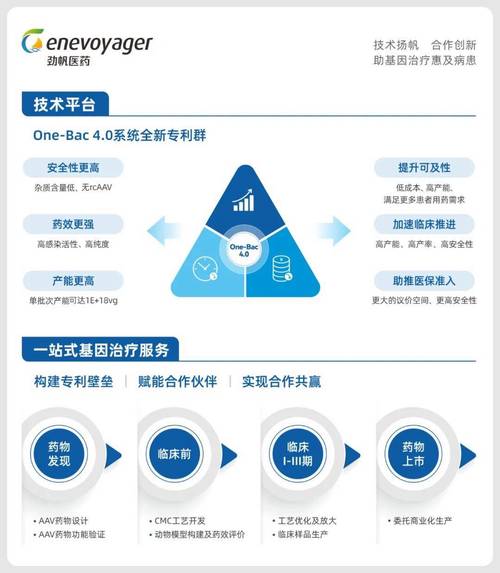How to Manage Construction Projects: A Detailed Guide
Managing a construction project can be a complex and challenging endeavor. Whether you are a seasoned professional or a beginner in the field, it is crucial to have a clear understanding of the various aspects involved. This article will provide you with a comprehensive guide on how to manage construction projects effectively.
Understanding the Project Scope
Before diving into the management process, it is essential to have a clear understanding of the project scope. This involves defining the project objectives, deliverables, and constraints. You should also identify the key stakeholders and their expectations.
![]()
Here are some steps to help you understand the project scope:
-
Conduct a thorough analysis of the project requirements.
-
Identify the project objectives and deliverables.
-
Assess the project constraints, such as budget, time, and resources.

-
Engage with stakeholders to gather their input and expectations.
Developing a Project Plan
A well-defined project plan is the backbone of any successful construction project. It outlines the tasks, timelines, and resources required to complete the project. Here are some key components of a project plan:
-
Work Breakdown Structure (WBS): This is a hierarchical decomposition of the project scope into smaller, manageable tasks.
-
Project Schedule: This includes the start and end dates for each task, as well as any dependencies between tasks.
-
Resource Allocation: Identify the resources required for each task, such as labor, materials, and equipment.
-
Budget: Allocate funds for each task and track expenses throughout the project.
Effective Communication
Communication is key to the success of any construction project. Ensure that all stakeholders are kept informed about the project’s progress, challenges, and changes. Here are some tips for effective communication:
-
Regular meetings: Schedule regular meetings with the project team and stakeholders to discuss progress and address any issues.
-
Clear documentation: Maintain detailed records of project activities, decisions, and changes.
-
Use of technology: Utilize project management software and other tools to facilitate communication and collaboration.
Risk Management
Risks are an inherent part of any construction project. Identifying, assessing, and mitigating risks is crucial to ensure project success. Here are some steps to manage risks effectively:
-
Identify potential risks: Conduct a risk assessment to identify potential risks to the project.
-
Assess risks: Evaluate the likelihood and impact of each risk.
-
Develop mitigation strategies: Create plans to minimize the impact of identified risks.
-
Monitor and review: Continuously monitor risks and update mitigation strategies as needed.
Quality Control
Ensuring the quality of work is critical in construction projects. Implementing a robust quality control process can help prevent costly rework and ensure customer satisfaction. Here are some key aspects of quality control:
-
Define quality standards: Establish clear quality standards for the project.
-
Conduct inspections: Regularly inspect work to ensure it meets quality standards.
-
Implement corrective actions: Take immediate action to address any quality issues.
-
Document quality control activities: Keep detailed records of quality control activities.
Monitoring and Controlling the Project
Monitoring and controlling the project involves tracking progress, comparing it to the project plan, and making adjustments as needed. Here are some steps to effectively monitor and control the project:
-
Track progress: Regularly update the project schedule and compare it to the baseline plan.
-
Identify variances: Identify any deviations from the project plan and investigate the causes.
-
Implement corrective actions: Take action to address any variances and bring the project back on track.
-
Review and report: Regularly review the project status and report to stakeholders.










